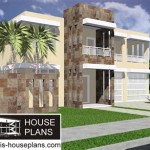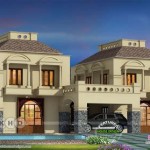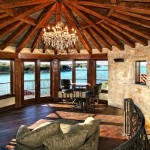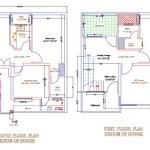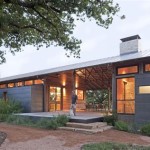Eco-Friendly House Plans: A Guide to Sustainable Living
In today's environmentally conscious era, eco-friendly house plans have gained immense popularity. These plans prioritize sustainable practices and energy efficiency, offering numerous benefits to homeowners and the environment. This comprehensive guide explores the essential aspects of eco-friendly house plans, providing insights into their advantages and key features.
Benefits of Eco-Friendly House Plans
Eco-friendly house plans provide a myriad of advantages, including:
- Reduced Energy Costs: Energy-efficient features, such as insulation, double-glazed windows, and solar panels, minimize energy consumption, resulting in lower utility bills.
- Environmental Sustainability: These plans prioritize sustainable practices, reducing carbon emissions and minimizing the impact on the environment.
- Improved Indoor Air Quality: Eco-friendly materials and ventilation systems promote a healthy indoor environment, free from harmful pollutants.
- Increased Comfort: Well-insulated and designed homes provide optimal thermal comfort, reducing the need for excessive heating or cooling.
- Enhanced Property Value: In today's market, eco-friendly homes are highly sought after and command higher resale values.
Key Features of Eco-Friendly House Plans
Several key features distinguish eco-friendly house plans:
- Energy Efficiency: These plans prioritize energy-saving measures, such as passive solar design, high-efficiency appliances, and LED lighting.
- Sustainable Materials: Eco-friendly homes utilize renewable and sustainable materials, such as bamboo flooring, recycled insulation, and cork countertops.
- Water Conservation: Low-flow appliances, rain gardens, and water-efficient landscaping minimize water consumption.
- Natural Ventilation: Passive design strategies, such as cross-ventilation and operable windows, encourage natural airflow, reducing reliance on air conditioning.
- Integrated Green Technologies: Solar panels, geothermal heating and cooling systems, and rainwater harvesting are examples of green technologies incorporated into eco-friendly homes.
Design Considerations for Eco-Friendly Homes
When designing an eco-friendly home, several important considerations come into play:
- Site Orientation: Optimizing the home's orientation towards the sun and prevailing winds enhances energy efficiency.
- Thermal Insulation: Adequate insulation in walls, ceilings, and floors minimizes heat loss and gain, reducing energy consumption.
- Energy-Efficient Windows: Double- or triple-glazed windows with low-emissivity coatings reduce heat transfer.
- Green Building Certifications: Adhering to green building standards, such as LEED or Passive House, ensures the home meets specific sustainability criteria.
- Landscaping: Native and water-wise plants, along with permeable surfaces, promote biodiversity and reduce water usage.
Conclusion
Eco-friendly house plans offer a transformative approach to sustainable living. By incorporating energy-efficient features, utilizing renewable materials, and promoting water conservation, these plans create healthy, comfortable, and environmentally responsible homes. Whether you're a first-time homebuyer or an experienced homeowner, embracing eco-friendly design principles is an investment in a sustainable future for you and generations to come.

Eco Friendly Home Plans House Design

The Top 10 Sustainable Home Design Trends In 2024

Eco Friendly Home Designs Salter Spiral Stair

Eco Houses 7 Most Beautiful Sustainable Builds From Forest Dwellings To City Homes Gardens

Eco Friendly Home Infographics Ecological House Futuristic Design
Green Home Plans Eco Friendly

New Build Eco Home Construction Work Foundations Process

Best Eco Friendly Homes And Home Designs In

Eco House Design Friendly

Eco Friendly House Design Is Crucial For A Cleaner Tomorrow Arei Designs


